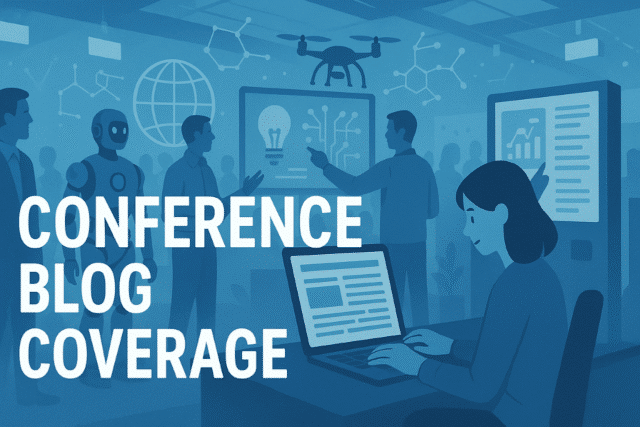Innovation Class is Now in Session

Many of us feel we understand a lot about innovation, given how often the topic comes up in our organizations and at conferences.
We decided to enhance that knowledge with an expert view by reaching out to an executive who runs innovation for a foodservice distribution company and teaches the subject at a university.
Jeff Barry is Head of Innovation at Dot Foods and an adjunct professor of innovation at St. Louis University. He teaches a graduate course on how to innovate in the corporate world. He is also a lead innovation mentor for startups through a program at the University of Missouri.
Barry shared his perspectives on the keys to innovation success, the role of innovation in technology today, and the outlook for AI in foodservice distribution in advance of attending the 2025 IFDA Solutions Conference.
“Innovation starts with understanding your organization and its problems,” he began. “An innovation team should be embedded within an organization, and its members should attend as many meetings as possible. They can learn how the organization does things and will gain insights on how it can be done better.”
Innovation teams should focus on conducting experiments and learning through failures, he emphasized. That’s how to help an organization drive momentum and avoid “innovation paralysis.”
Innovation and technology are words often used in the same sentence, but they are not synonyms. Barry explained the difference.
“Innovation requires having an insight on how to do better,” he said. “It is about new ideas that are often enabled by technology, but don’t have to be.”
Technology, especially AI, continues to be front and center as an enabler in today’s innovation discussions in this industry. Many technology applications will be on display at the IFDA Solutions Conference Expo.
Barry said it’s important to explore AI opportunities. “We have multiple experiments underway across multiple groups that are now using pieces of AI,” he said. “You need to deploy, test and figure this out.”
What are some promising application areas? AI today is very good at information processing, which is useful in applications such as procurement, route optimization and warehouse management, he said.
“It’s about trying to process enormous amounts of information and make it dynamic in our world.”
Barry said his organization is increasingly focusing on agentic AI, in which an AI agent learns to make decisions based on information provided. He offered the example of a driver on a dock needing to determine what to do about a returned or damaged product from a previous delivery. Let’s say it’s 3am and there aren’t any supervisors to ask. Should the driver put it back on the truck where it will take up space, throw it in the dumpster, or take some other action? Agentic AI can be tailored to decide on the action based on the specific factors involved.
“In foodservice distribution, there are many decisions for which agentic AI can be helpful,” he said. “This is a business in which time and efficiency matter.”
Our thanks to Barry for sharing his thoughts on innovation. You can read some of his other perspectives on this topic in IFDA’s white paper The Innovation Imperative.
More information about AI usage in this industry can be found in IFDA’s report called Delivering Efficiency: A Realistic Guide to Artificial Intelligence Use in Foodservice Distribution.
Article authored by freelance writer David Orgel.

